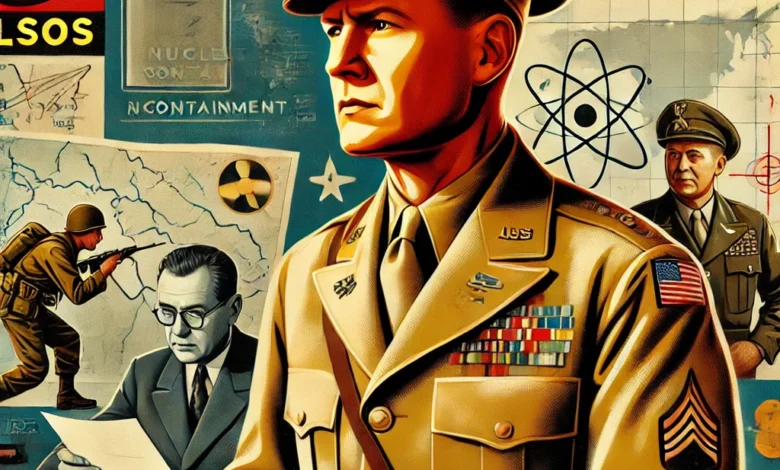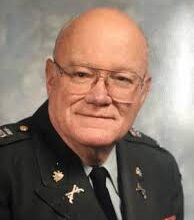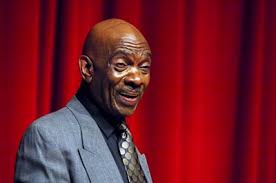Boris Pash: The Shadowy Architect of Allied Intelligence
Unveiling the Legacy of a Mastermind Behind WWII Espionage and Nuclear Containment

Boris Pash, a name etched in the annals of military intelligence, played a pivotal role in shaping the course of history during one of the most tumultuous times the world has ever known. His leadership in the Alsos Mission and his work in counterintelligence not only curtailed Axis powers’ nuclear aspirations but also laid the groundwork for modern espionage strategies. This article delves into the life, achievements, and enduring legacy of Boris Pash, a man whose clandestine efforts changed the trajectory of global warfare.
Quick Facts About Boris Pash
| Attribute | Details |
|---|---|
| Born | June 20, 1900 |
| Age | 94 at the time of passing |
| Height | Approximately 5’10” (178 cm) |
| Current Role | Deceased (passed away in 1995) |
Early Life and Military Foundations
Boris Theodore Pashkovsky, later known as Boris Pash, was born on June 20, 1900, in San Francisco, California. His father, Theophilus Pashkovsky, a Russian Orthodox priest, played a significant role in his early upbringing. Pash spent part of his youth in Russia, where he witnessed the upheavals of World War I and the Russian Civil War. These early experiences instilled in him a deep sense of duty and resilience.
After the Bolshevik victory in Russia, Pash returned to the United States, earning a Bachelor of Science from Springfield College and a Master of Science from the University of Southern California. Before his military career took off, he worked as a high school teacher and baseball coach, showcasing his diverse talents and leadership skills.
World War II and Counterintelligence Prowess
With the outbreak of World War II, Boris Pash’s career in intelligence began to flourish. In 1940, he was called to active duty and appointed chief of counterintelligence at the IX Corps Area headquarters in San Francisco. His role required him to investigate potential threats, including Japanese espionage in Mexico and Soviet infiltration within American scientific institutions.
Pash’s most notable investigation involved physicist Robert Oppenheimer, the scientific leader of the Manhattan Project. While Pash suspected Oppenheimer’s ties to the Communist Party, he ultimately did not recommend his removal, a decision that reflected his nuanced approach to national security.
The Alsos Mission: Thwarting Axis Nuclear Ambitions
The pinnacle of Pash’s military career came in 1943 when he was tasked with leading the Alsos Mission. This critical Allied initiative aimed to assess and disrupt the Axis powers’ progress in nuclear weapons development. Under Pash’s command, the mission involved seizing key facilities, capturing materials, and interrogating scientists involved in Germany’s nuclear program.
One of the mission’s most daring operations occurred in 1944, when Pash personally transported radioactive materials, resulting in a radium burn that underscored the dangers of his work. The Alsos Mission’s success was instrumental in preventing Nazi Germany from achieving nuclear capability, a feat that arguably altered the outcome of the war.
Post-War Intelligence Activities
Following the conclusion of World War II, Boris Pash continued to serve in critical intelligence roles. From 1946 to 1947, he worked under General Douglas MacArthur in Japan, countering Soviet attempts to expand their influence in the region. Later, as a military representative to the Central Intelligence Agency, Pash oversaw covert operations under the controversial PB-7 program.
Despite allegations of involvement in assassinations, Pash denied such claims during the Church Committee hearings in 1975. His steadfast commitment to ethical intelligence practices remained a hallmark of his career.
Legacy and Recognition
Boris Pash retired from active duty in 1957 but remained engaged in intelligence work with the Quartermaster Technological Intelligence Agency and the U.S. Army Foreign Science and Technology Center until 1963. In 1980, he chronicled his wartime experiences in his memoir, “The Alsos Mission,” offering an insider’s perspective on the high-stakes world of military intelligence.
In recognition of his contributions, Pash was inducted into the Military Intelligence Hall of Fame in 1988, cementing his legacy as one of the most influential figures in American intelligence history.
The Man Behind the Curtain
Boris Pash’s life was a testament to the power of strategic intelligence and unwavering dedication. Whether investigating espionage, leading critical missions, or countering post-war threats, Pash exemplified the qualities of a true patriot. His efforts not only safeguarded the United States during a time of unparalleled global conflict but also set a standard for future intelligence operations.
Conclusion
Boris Pash remains a towering figure in the history of military intelligence. His actions during World War II, particularly in the Alsos Mission, were instrumental in shaping the post-war world. By thwarting Axis nuclear ambitions and navigating the complex landscape of Cold War-era espionage, Pash’s legacy endures as a beacon of resilience and strategy. As we reflect on his contributions, it becomes evident that Boris Pash’s life and work continue to offer valuable lessons for the modern world.



